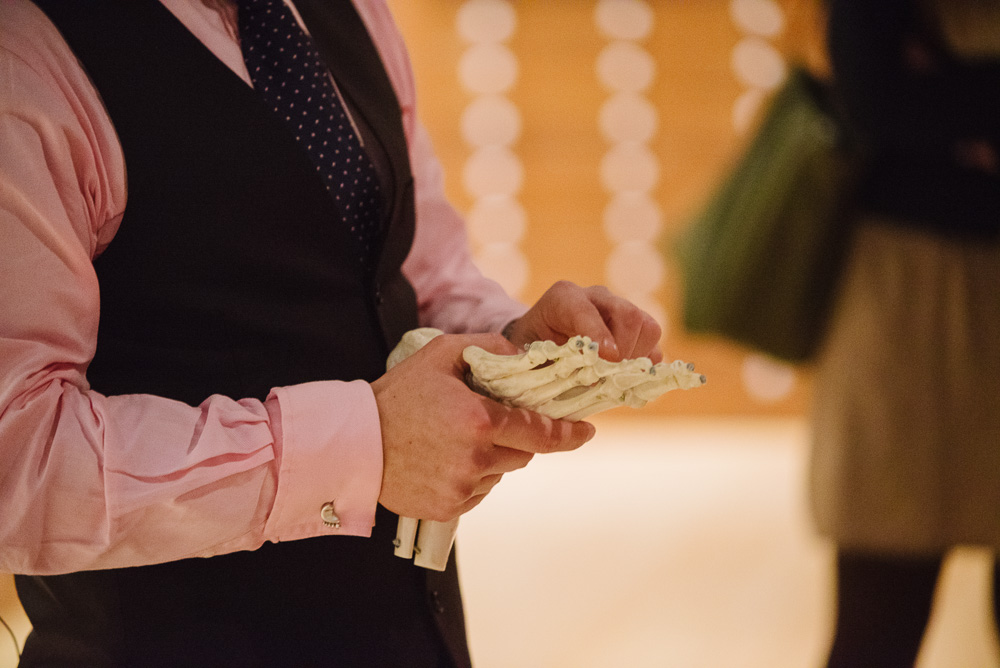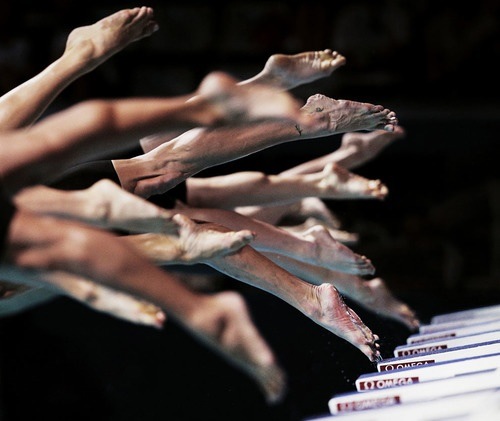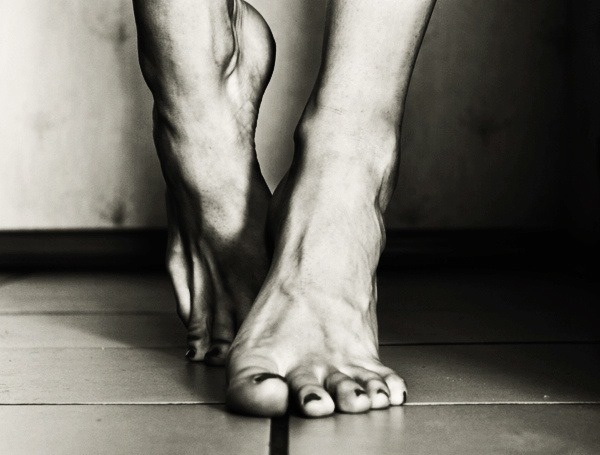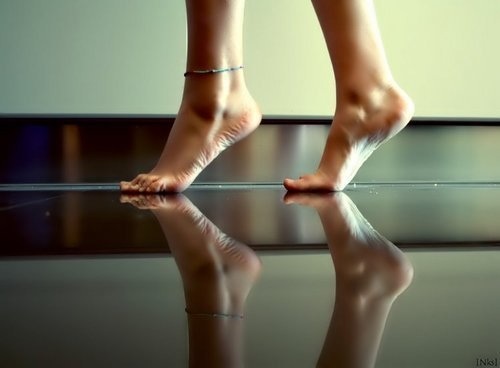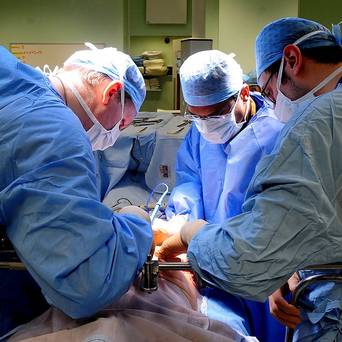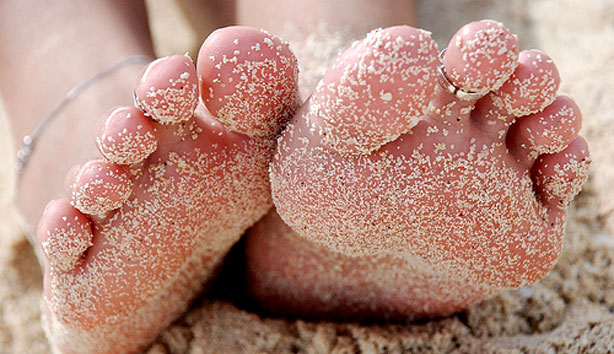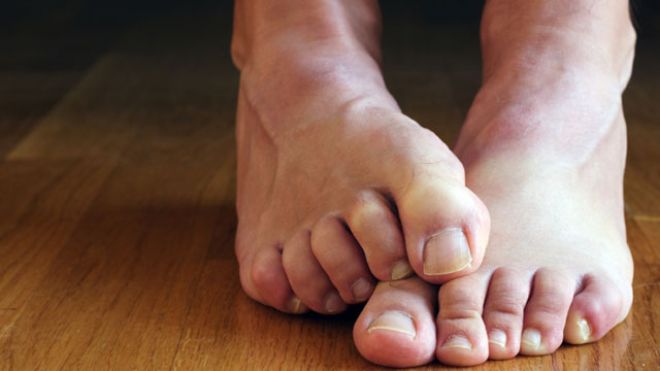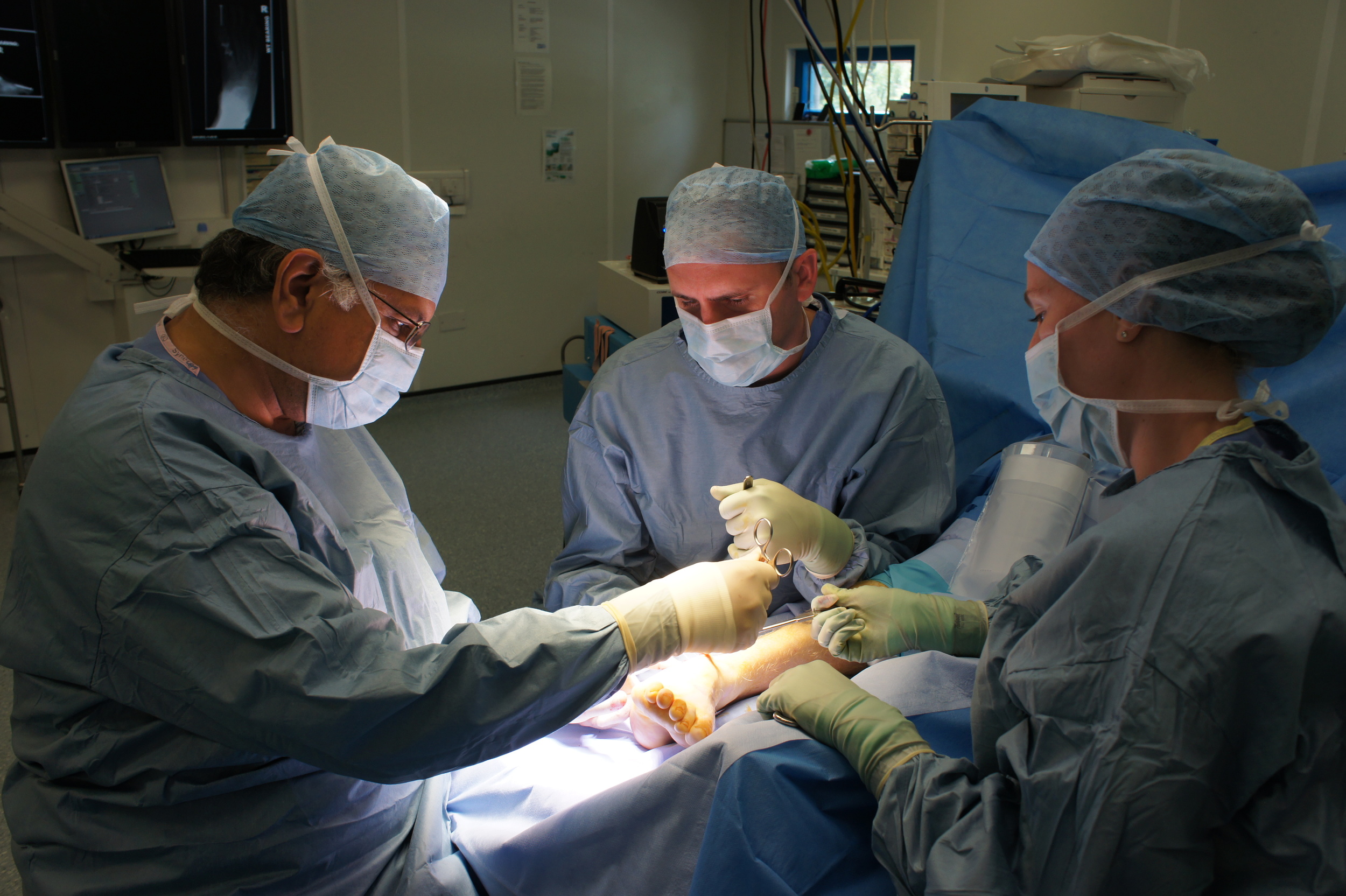Chronic Ankle Instability
What is chronic ankle instability?
Chronic ankle instability is a ‘giving way’ of the ankle that persists beyond 3 months despite appropriate rehabilitation with a physiotherapist.
There are two types of ankle instability,
1) {C}In functional instability the ankle ligaments are not particularly lax, but the muscles that support the ankle are weak and poorly co-ordinated (proprioceptive deficit).
2) {C}In structural instability the ankle ligaments are very lax and therefore the ankle can slip in and out of joint.
How is it diagnosed?
Patients usually complain of a previous ankle sprain, and that the ankle continues to give way or ‘turn’without warning.
Examination of the ankle often reveals increased movement when the ligaments are stressed.
Sometimes stress x-rays are performed to see if the ankle bones are moving more than normal.
Other tests such as MRI scans are sometimes needed to exclude other problems in the ankle such as cartilage damage (click here for link to osteochondral lesions).
How is chronic ankle instability treated?
Non operative treatment:
Physiotherapy is essential in the first instance, your physiotherapist will work on building your strength (especially peroneal muscles), increasing ankle movement and working on proprioception (balance). Like any training, results take time!
Ankle braces and supports like an ‘airsports’ brace can help stabilize the ankle and might be useful in patients playing sport or those who don’t require surgery.
Surgical treatment:
Surgical treatment should only be considered in those who have undergone a thorough physiotherapy rehabilitation programme, as ankle ligament repair, as with all surgery, carries a small risk of complications.
There are two types of ligament surgery. A repair is a direct repair of the scarred ankle ligament, a reconstruction uses other tendons, usually the adjacent peroneal tendons. We use a ligament repair called a Brostrom-Gould repair in most cases as this provides excellent stability, a decreased risk of complications such as nerve injury or overtightening, and does not require use of normal tendons.
Brostrom-Gould repair: This operation is usually performed under a general anaesthetic. An incision is made over the outside of the ankle. The stretched ligament is cut and then overlapped and sewn together under tension. A thick band of tissue called the ‘extensor retinaculum’ is then sewn over the top of the repair which further re-enforces it. The skin is the carefully stitched and a plaster of paris applied from below the knee to the ball of the foot.
Tendon Reconstruction: This operation is usually done under a general anaesthetic. An incision is made over the outside of the ankle. There are two tendons that are called the ‘peroneal tendons’ that run along the outside of the ankle, a small portion (usually1/3) of one of these tendons is taken away from the tendon along its length and passed through small drill holes in the ankle bone(fibula), tightened and fixed to the heel bone(calcaneus), thus ‘reforming’ the ankle ligaments. The skin is carefully stitched and a plaster of paris applied from below the knee to the ball of the foot
You remain in plaster for 4 weeks, the last 2 weeks of which you can bear weight through the foot, after which you will wear a removable ankle splint that fits inside your shoe and begin physiotherapy. The foot should not be turned inwards (inverted) for 8 weeks post op.
Is Surgery safe?
Ankle ligament repair has a high success rate but as for any surgery, there is a small risk of complications, as well as the usual risks of surgery, the ligament repair is vulnerable to re-injury during the first 8-12 weeks after surgery, this is the reason for your ankle brace and supervised rehabilitation with your physiotherapist. Once the ligament has healed it should be no more vulnerable to injury than a normal ligament.
How long until I can drive?
You should not drive until your ankle is stable and comfortable enough to perform an emergency stop, this is usually not until 5-6 weeks post-op
How long will it take me to recover?
People recover at different rates.
The ankle will swell for a few months after surgery. You should be walking normally by six weeks, gentle non impact sports such as low resistance cycling on an exercise bike from 6 weeks. Gentle running at 8 weeks, contact sports 12 weeks+.
As a general rule expect to be:
3 months: Fair
6 months: Good
12 months: 'Right'
Be sociable..share!







